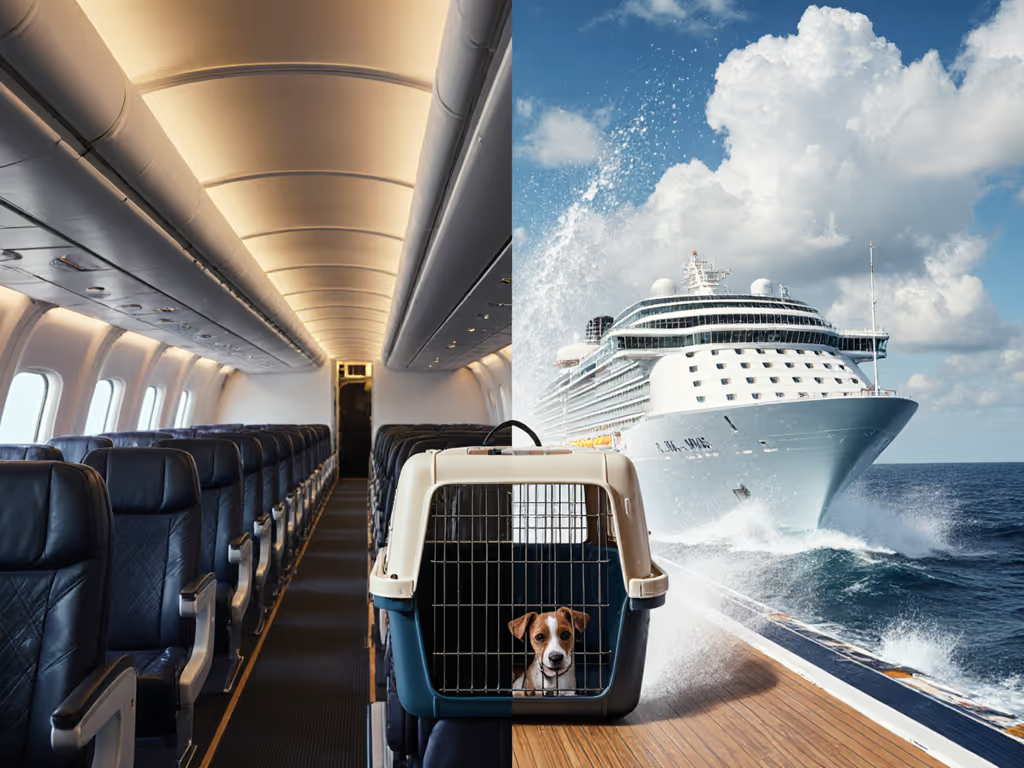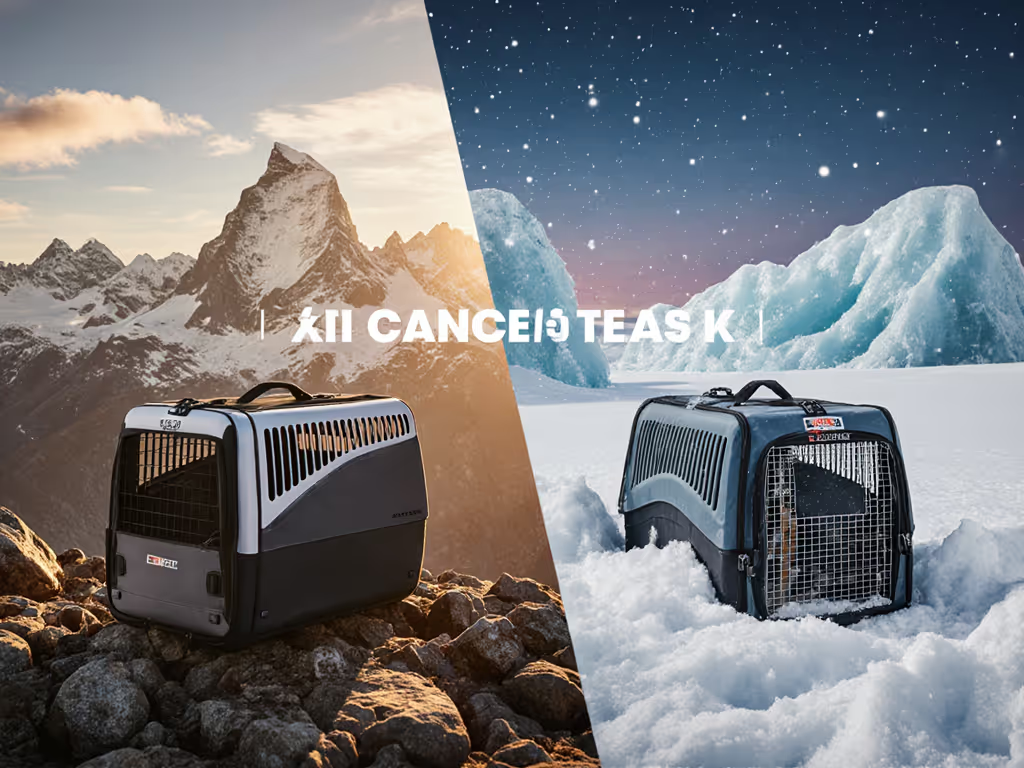
Expandable Pet Carrier Air Test: What Airlines Actually Measure
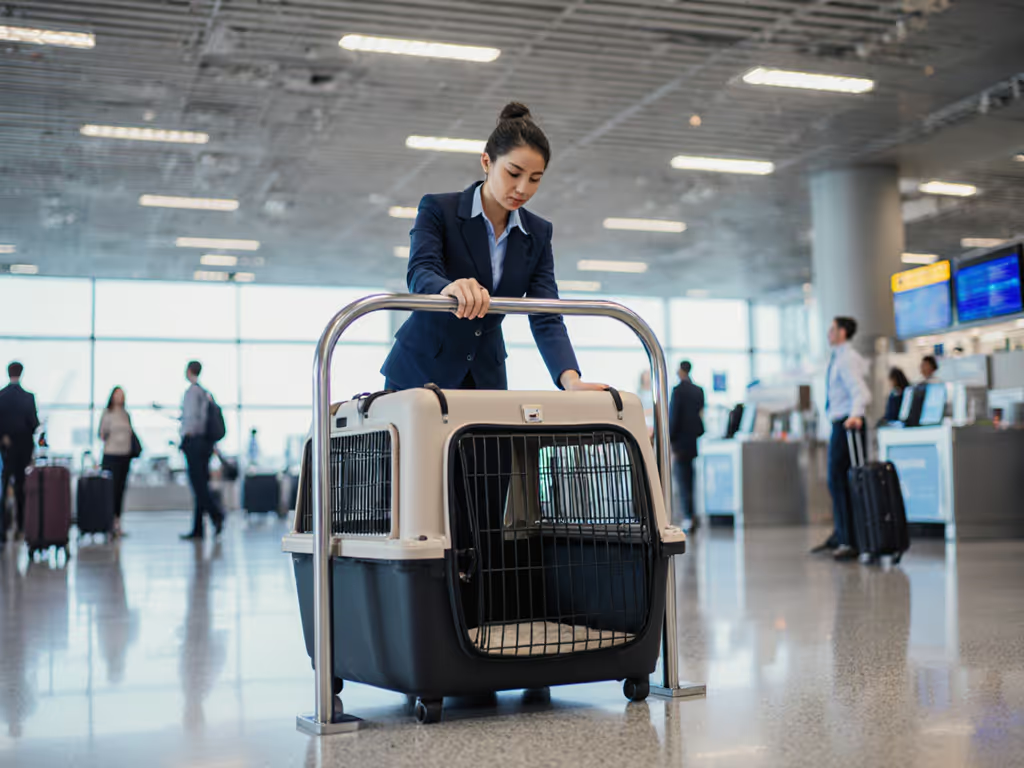
At JFK a few years back, I watched a family's carefully chosen expandable pet carrier get rejected by a gate agent's sizer, despite matching the airline's website dimensions. The culprit? A rigid frame that snagged on the curve of the under seat compartment. That moment cemented my core belief: Compliance begins with accurate measurements and ends with zero surprises. Today, we're putting small pet carrier bags to the test against what airlines actually measure, not what their websites claim. We'll dissect how expandable designs pass or fail airline sizers, why "folding" doesn't guarantee compliance, and how to avoid that dreaded gate check confrontation. Remember: Measure the cabin, not just the 's'.
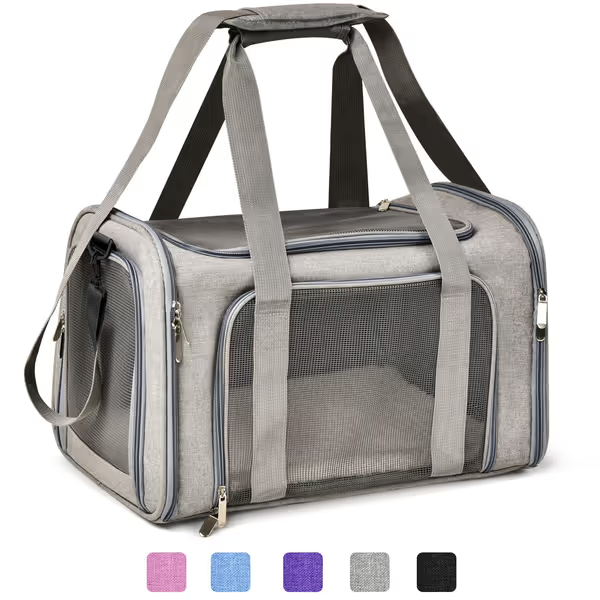
Henkelion Soft-Sided Pet Carrier
Why "Expandable" Doesn't Mean "Air Compliant"
Most "expandable" or foldable pet crate designs use one of two mechanisms:
- Spring loaded frames that snap into shape (common in soft-sided carriers)
- Compression straps that cinch the height when not in use
Here's the problem: Airlines measure maximum compressed height, not folded dimensions. For a full breakdown of airline size rules and documentation, see our Airline-Approved Pet Carriers. American Airlines explicitly states: "Non-collapsible kennels can't exceed the under seat dimensions of any aircraft." That spring loaded frame? If it extends beyond 11" when compressed, it fails Delta's 18" x 11" x 11" requirement. United's Boeing 737 MAX fleet only allows 10" tall carriers, making many "expandable" models unusable on common routes.
Critical Reality Check
Airline sizers measure internal geometry, not just external dimensions. A carrier might fit the length/width specs but fail because its rigid corners catch on the curved lip of the aircraft's under seat compartment. This is why I always test against actual airline under seat diagrams, not just numbers on a website.
How Airlines Actually Measure: Beyond the Published Numbers
Carriers don't just check dimensions, they test functional fit. Here's what happens at gate enforcement:
The Gate Agent's 3 Step Verification (Per IATA LAR 8.3)
- Sizer insertion test: The carrier must slide smoothly into the airline's physical sizer (not just meet dimension specs)
- "Fully under seat" requirement: Must fit entirely beneath the seat in front (Southwest emphasizes this)
- "No forced placement" rule: Cannot require tilting or angling to fit (Alaska Airlines' unstated but enforced policy) To avoid last-minute denials, follow our gate check approval checklist.
Airline Specific Variations You Must Know
| Airline | Published Max Dimensions | Critical Hidden Constraint | Enforcement Reality |
|---|---|---|---|
| Delta | 18" x 11" x 11" | Spring frames must compress fully | Uses curved sizer that rejects carriers >10.5" at front lip |
| United | 18" x 11" x 11" | Boeing 737 MAX: 10" height limit | Gate agents carry MAX-specific sizers |
| Southwest | 18.5" x 13.5" x 9.5" | Must sit flat on floor (no nose tilt) | Rejects carriers with rigid frames >9" at nose |
| American | 18" x 11" x 11" (soft) | Eagle flights: 16" x 12" x 8" | Two sets of sizers carried based on aircraft type |
Source: Verified against current airline policy documents (Oct 2025)
FAQ: The Measurement First Guide to Expandable Carriers
My carrier lists 'airline approved': why would it fail?
Marketing terms like "TSA-approved" mean nothing for airline compliance. Only meeting the specific aircraft's under seat geometry matters. The Henkelion carrier (17" x 11" x 11") passes Delta's sizer but fails Southwest's due to its 10.5" height exceeding Southwest's 9.5" limit. Always cross-reference:
- Published airline dimensions
- Aircraft-specific variations
- Physical sizer geometry (not just numbers)
Rule of thumb: If it doesn't list exact airline compliance (e.g., "Fits United 737 MAX"), assume it won't pass.
Do expandable carriers violate IATA rules?
No, but they must meet minimum internal dimensions per IATA Live Animal Regulations. The formula:
- Container Length = A (nose to tail base) + 1/2 B (elbow height)
- Container Width = C (shoulder width) x 2
- Container Height = D (head height) + bedding thickness
Expandable carriers become problematic when their compressed height violates airline under seat limits, even if internal space meets IATA requirements.
How do I test if my portable pet carrier will fit?
Create a DIY sizer using airline under seat diagrams:
- Download your airline's under seat template (Delta and United publish these)
- Cut cardboard to exact dimensions including curves
- Test your carrier at full compression (no pet inside)
Critical step: Load your pet, then test again. Movement can push frames beyond compliance limits. This is where many compact travel carrier designs fail. They're sized for empty weight, not loaded dynamics.
What about snub-nosed breeds?
Brachycephalic pets require 10% larger internal space per IATA guidelines, but airlines don't relax under seat dimensions. This creates a compliance trap: Your carrier might meet airline size limits but violate animal welfare rules. Solution: Choose carriers with true internal volume (not just expandable height). The Prutapet XL (24" x 16.5" x 16.5") offers the needed space but exceeds all under seat limits, making it suitable only for cargo transport despite its "airline approved" marketing.
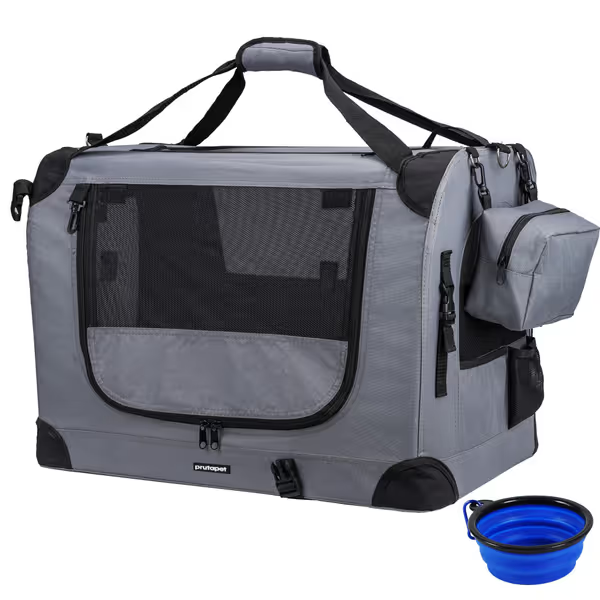
Prutapet Large Pet Carrier
Can I use a best collapsible dog crate for cabin travel?
Only if it meets three criteria:
- Hard shell collapses to under 11" height (or airline-specific limit)
- Maintains rigidity when compressed (no bulging sides)
- Fits the airline's curved sizer profile (not just dimension box)
Most "collapsible" hard crates fail #3, they fit the numbers but snag on the sizer's curved front. If you're deciding between materials, compare hard vs soft-sided carriers for airline fit nuances. Soft-sided carriers like the Henkelion succeed here due to their flexible frames.
The Verification Checklist: Zero Surprise Compliance
Before booking, execute this measurement protocol:
- Confirm aircraft type (use FlightAware or airline booking notes)
- Download specific under seat diagram (links in airline pet policy pages)
- Test with pet inside at full compression
- Check frame behavior under pressure (does it spring back?)
- Verify weight limit (pet + carrier ≤ 20 lbs on most airlines)

Actionable Next Steps: Your 48 Hour Compliance Plan
Within 24 hours of reading this:
- Measure your pet properly using IATA guidelines (A+B+C+D measurements)
- Cross-reference airline dimensions with aircraft-specific limits Flying abroad? Read our IATA regulations compared guide to check regional differences.
- Conduct the sizer test with your carrier (empty then loaded)
Before final packing (24-48 hours pre-flight):
- Call the airline's special assistance desk: "Which sizer do you use for [flight number] on [date]?"
- Request written verification of carrier approval (many airlines will email this)
- Pack a secondary rigid ruler (not tape measure) to verify measurements at gate if questioned
On the gate:
Politely say: "I've verified this meets your published dimensions for this aircraft type. May I demonstrate using your sizer?" (This shifts verification to their process, not confrontation.)
Final Thought
Expandable carriers offer storage convenience but introduce compliance risk. The brands that consistently pass airline sizers, like the Henkelion with its flexible frame and precise 17" x 11" x 11" profile, prioritize geometry over marketing. Your next trip shouldn't hinge on guessing games. As I learned that day at JFK: Measure the cabin, not just the 's'. When your carrier glides into the sizer without resistance, you've achieved the only metric that matters, smooth boarding, zero stress.

Compliance isn't about the carrier you buy, it's about the measurements you verify. A $25 carrier that fits beats a $200 "airline approved" model that doesn't. Build your travel confidence on data, not declarations.
Related Articles

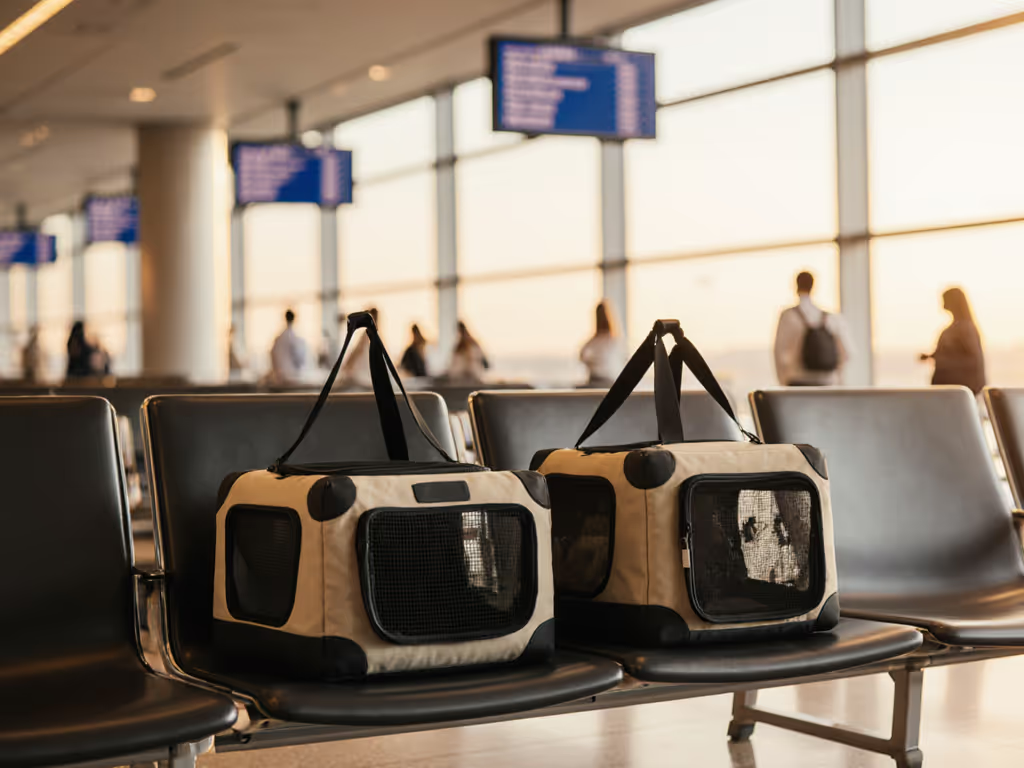
Best Space-Efficient Multi-Cat Carriers: Verified Fit

Travel Pet Carriers Compared: Taxi vs Relocation
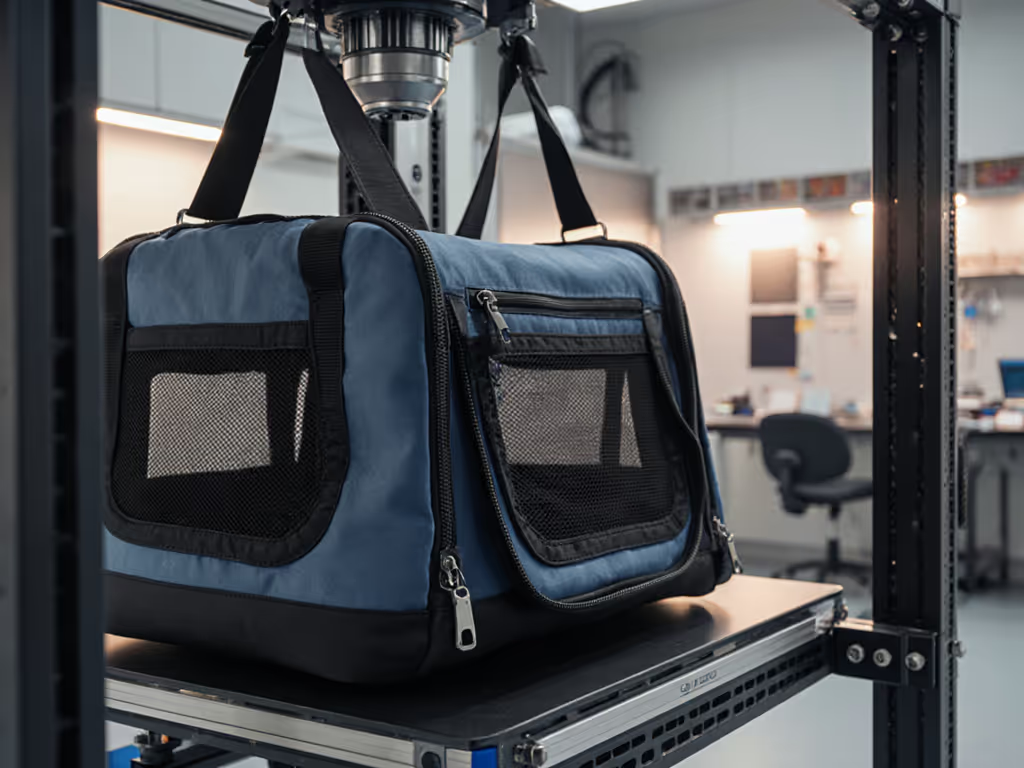
Pet Carrier Material Science: Survive Transit Stress Tests
